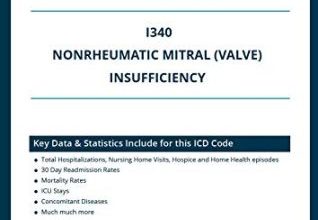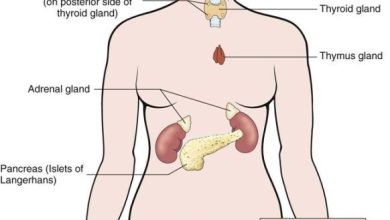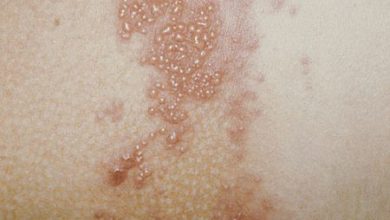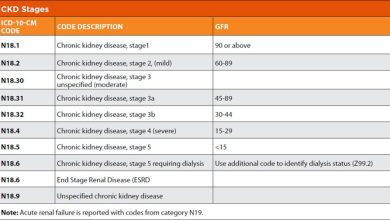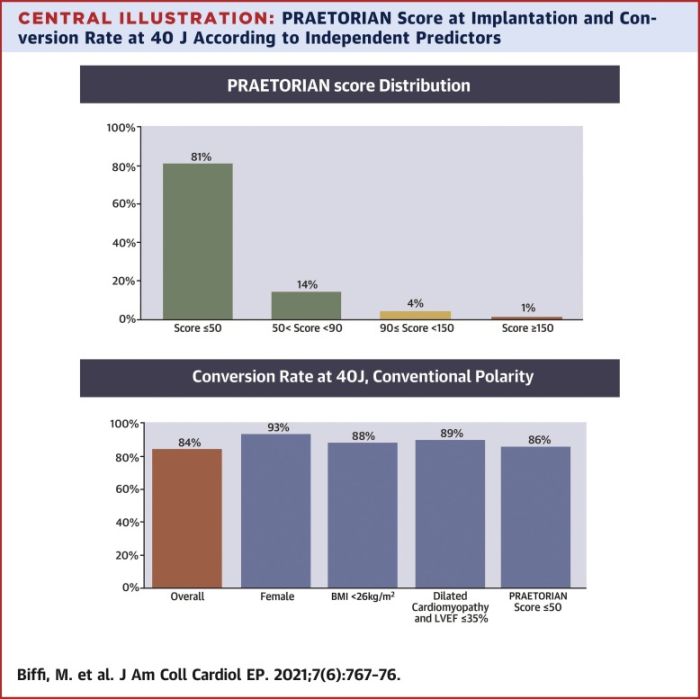Waldenstrom’s Macroglobulinemia: Understanding The ICD-10 Code
What is Waldenstrom’s ICD 10?
Waldenstrom’s ICD 10 refers to a specific diagnostic code used in the International Classification of Diseases system to classify and code medical conditions related to Waldenstrom’s macroglobulinemia. This rare type of non-Hodgkin lymphoma is characterized by the overproduction of a specific type of protein, known as a monoclonal immunoglobulin M antibody, which can lead to a range of symptoms and complications.
Code Information
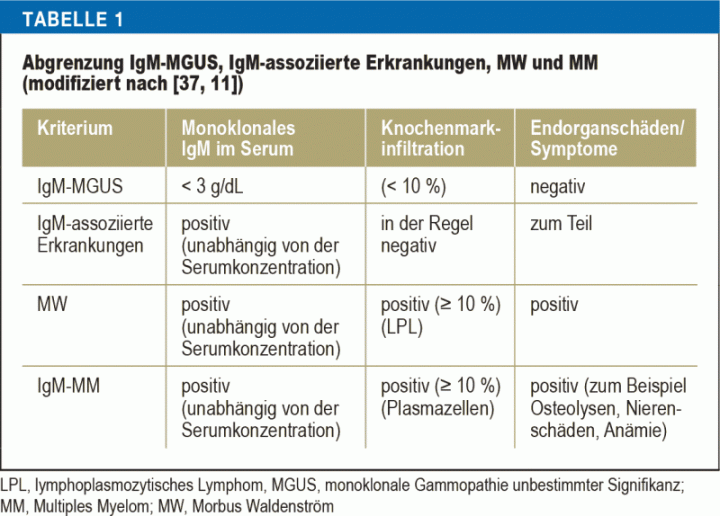
The specific ICD 10 code for Waldenstrom’s macroglobulinemia is C88.0. This code is used by healthcare providers, medical coders, and insurance companies to accurately document and track cases of this condition for billing and statistical purposes.
Diagnostic Related Groups (MS-DRG)

When Waldenstrom’s macroglobulinemia is diagnosed and treated in a hospital setting, it may be classified under specific MS-DRG codes that determine the reimbursement rate for that particular case. The MS-DRG code for Waldenstrom’s macroglobulinemia is 544.
Convert to ICD-9 Code
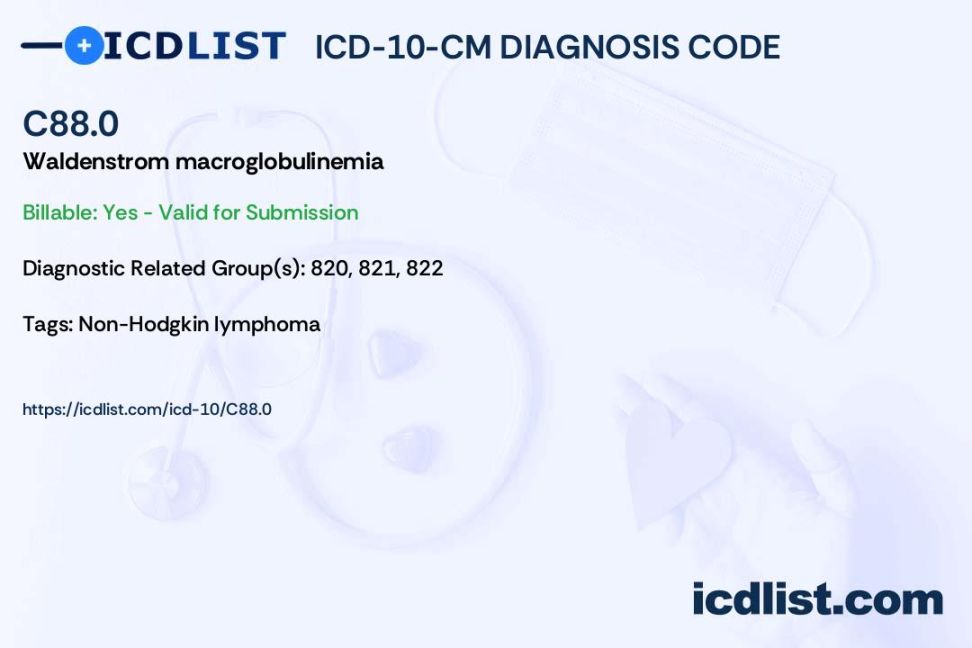
Prior to the introduction of the ICD 10 coding system, Waldenstrom’s macroglobulinemia was classified under the ICD 9 code 273.3. Healthcare providers and coders may still need to convert between these two code sets when dealing with historical medical records or transitioning to the newer system.
Code History
The ICD 10 code for Waldenstrom’s macroglobulinemia, C88.0, was first introduced in 1999 as part of the 10th revision of the International Classification of Diseases. This code has since been used to accurately document and code cases of this rare lymphoma.
Approximate Synonyms
Other terms and synonyms that may be used to describe Waldenstrom’s macroglobulinemia include lymphoplasmacytic lymphoma, Waldenstrom’s disease, and Waldenstrom’s macroglobulinemia. These terms are often used interchangeably in medical literature and coding.
Clinical Information
Waldenstrom’s macroglobulinemia is a slow-growing type of lymphoma that primarily affects older adults. It is characterized by the accumulation of abnormal white blood cells in the bone marrow, which can interfere with the production of normal blood cells and lead to a range of symptoms, including fatigue, weakness, and anemia.
Causes
The exact cause of Waldenstrom’s macroglobulinemia is not well understood. It is believed to be a result of genetic mutations that lead to the uncontrolled growth of abnormal white blood cells in the bone marrow. Environmental factors and immune system dysfunction may also play a role in the development of this condition.
Symptoms
Common symptoms of Waldenstrom’s macroglobulinemia may include fatigue, weakness, weight loss, easy bruising, and recurrent infections. Some patients may also experience symptoms related to high levels of monoclonal protein in the blood, such as blurred vision, dizziness, and bleeding problems.
Diagnosis
Diagnosing Waldenstrom’s macroglobulinemia typically involves a combination of physical exams, blood tests, imaging studies, and bone marrow biopsies. Specialized tests, such as serum protein electrophoresis and immunofixation, may also be used to confirm the presence of monoclonal protein in the blood.
Treatment
Treatment for Waldenstrom’s macroglobulinemia depends on the individual patient’s symptoms, overall health, and disease progression. Options may include watchful waiting, chemotherapy, immunotherapy, targeted therapy, and stem cell transplantation. Supportive care, such as blood transfusions and antibiotics, may also be needed to manage complications.
Conclusion
Waldenstrom’s ICD 10 code C88.0 is a vital tool for accurately documenting and coding cases of this rare lymphoma. Understanding the clinical information, causes, symptoms, diagnosis, and treatment options for Waldenstrom’s macroglobulinemia is essential for healthcare providers, patients, and researchers working to improve outcomes for individuals affected by this condition.
FAQs
Q: Can Waldenstrom’s macroglobulinemia be cured?
A: While there is no




